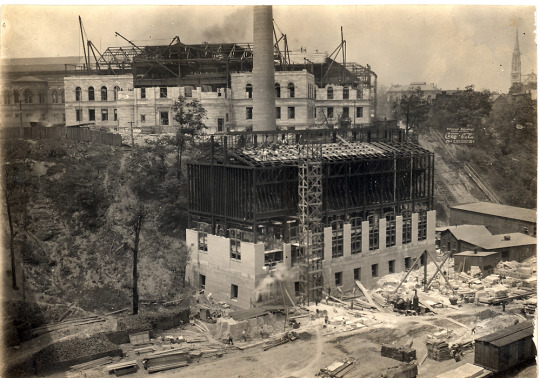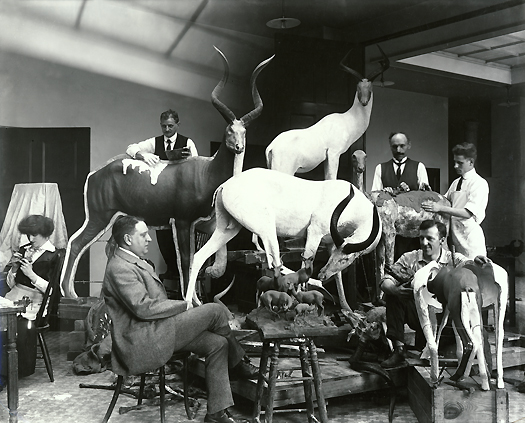Carnegie Museum of Natural History is one of the great cultural institutions funded and built by philanthropist Andrew Carnegie, who made his fortune in Pittsburgh’s steel industry. Carnegie’s vision was that the museum would exhibit the wonders of nature to everyone from mill workers to affluent society members.
When it opened in 1895, the museum’s early collections included artifacts from ancient Egypt, beautiful minerals, exotic wildlife taxidermy, and, of course, dinosaurs.
Carnegie, an ardent evolutionist, had a particular interest in dinosaurs that fueled paleontology expeditions. In the late 1890s, expeditions to the western United States led to the discovery of Diplodocus carnegii and many other dinosaurs. Early expeditions yielded more than 400 crates of fossils that kick-started the dinosaur collection that filled the now-famous Dinosaurs in Their Time hall.
As the museum grew and expanded, Carnegie botanists, entomologists, zoologists, anthropologists, and other scientists studying the natural world traveled abroad on expeditions from the Arctic to the Amazon in search of new discoveries and scientific insights. The artifacts, flora, and fauna they collected grew the Carnegie research and display collection from thousands to millions of objects.
Continuing this spirit of exploration, but now a little closer to home, the museum established Powdermill Nature Reserve in 1956. The new field station and laboratory in Rector, Pennsylvania helped museum researchers do long-term studies of natural populations in western Pennsylvania.
More than 100 years after Carnegie’s initial gift, Carnegie Museum of Natural History remains a place of scientific inquiry and a world class public institution. As species die out and habitats decline, a new emphasis has been placed on conservation. By displaying nature’s wonders, museum leaders hope to spark conversation about the inherent worth of nature and to inspire a new generation of scientists to conserve both the planet and Carnegie’s vision.


